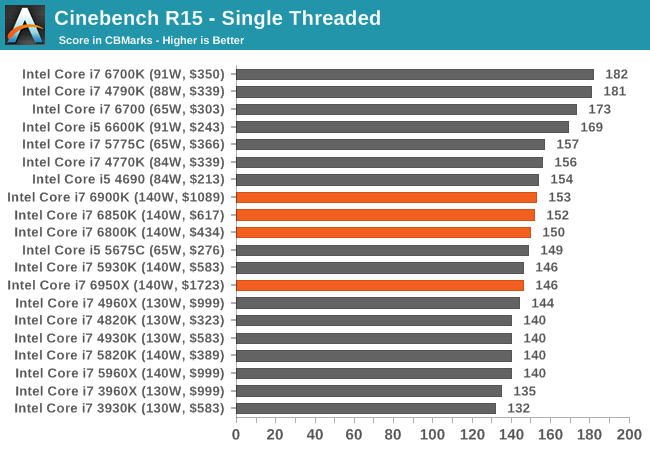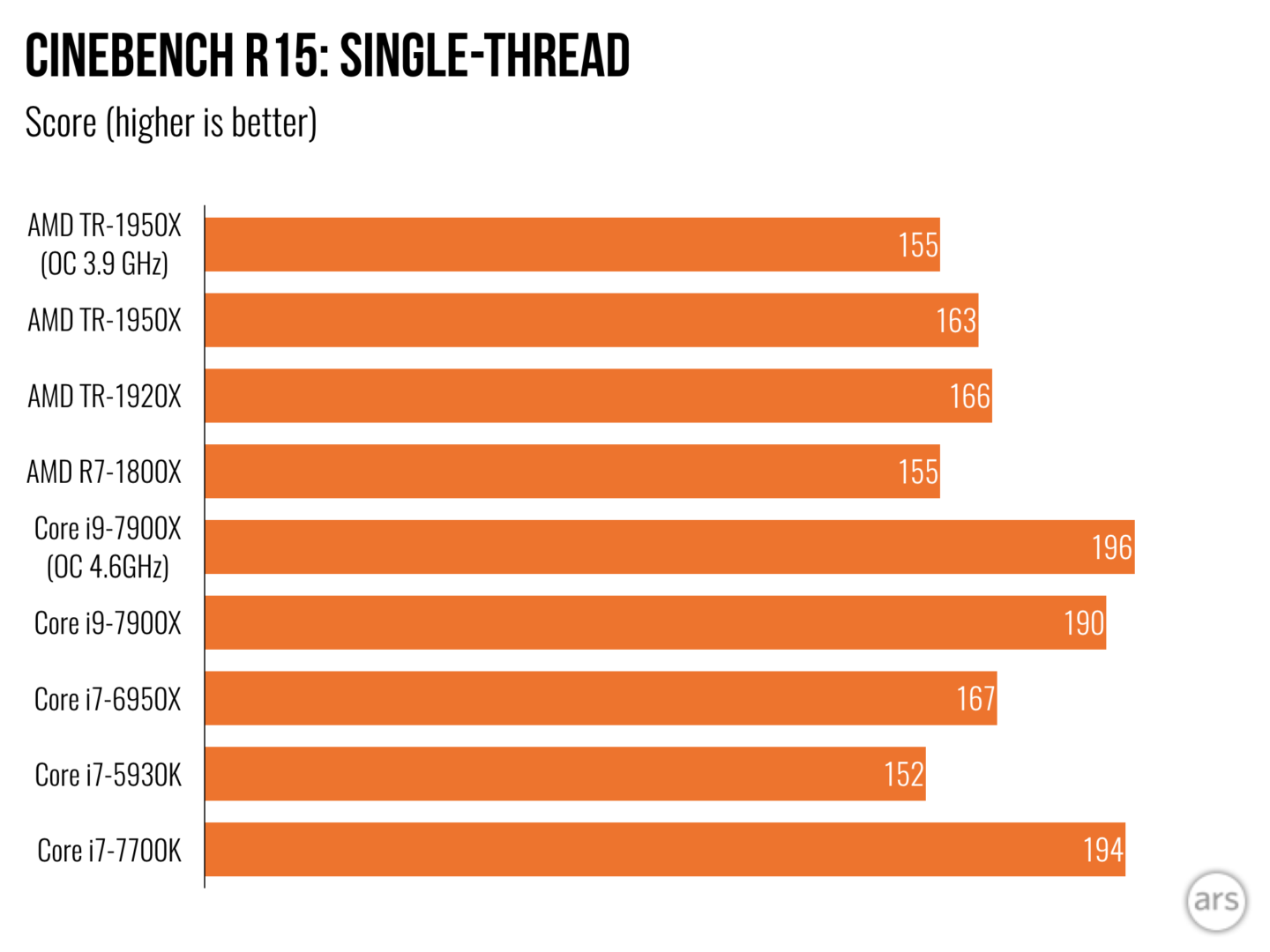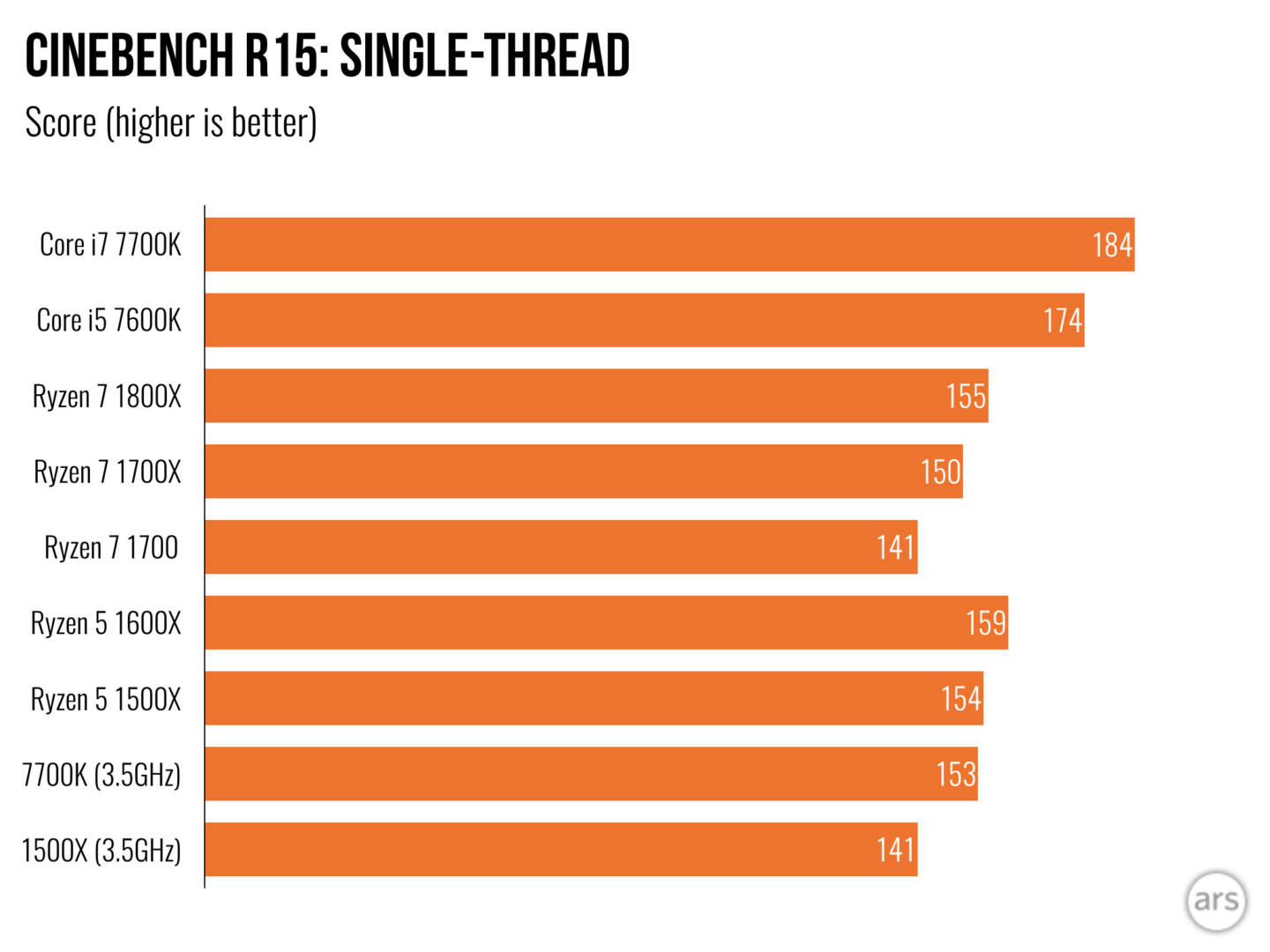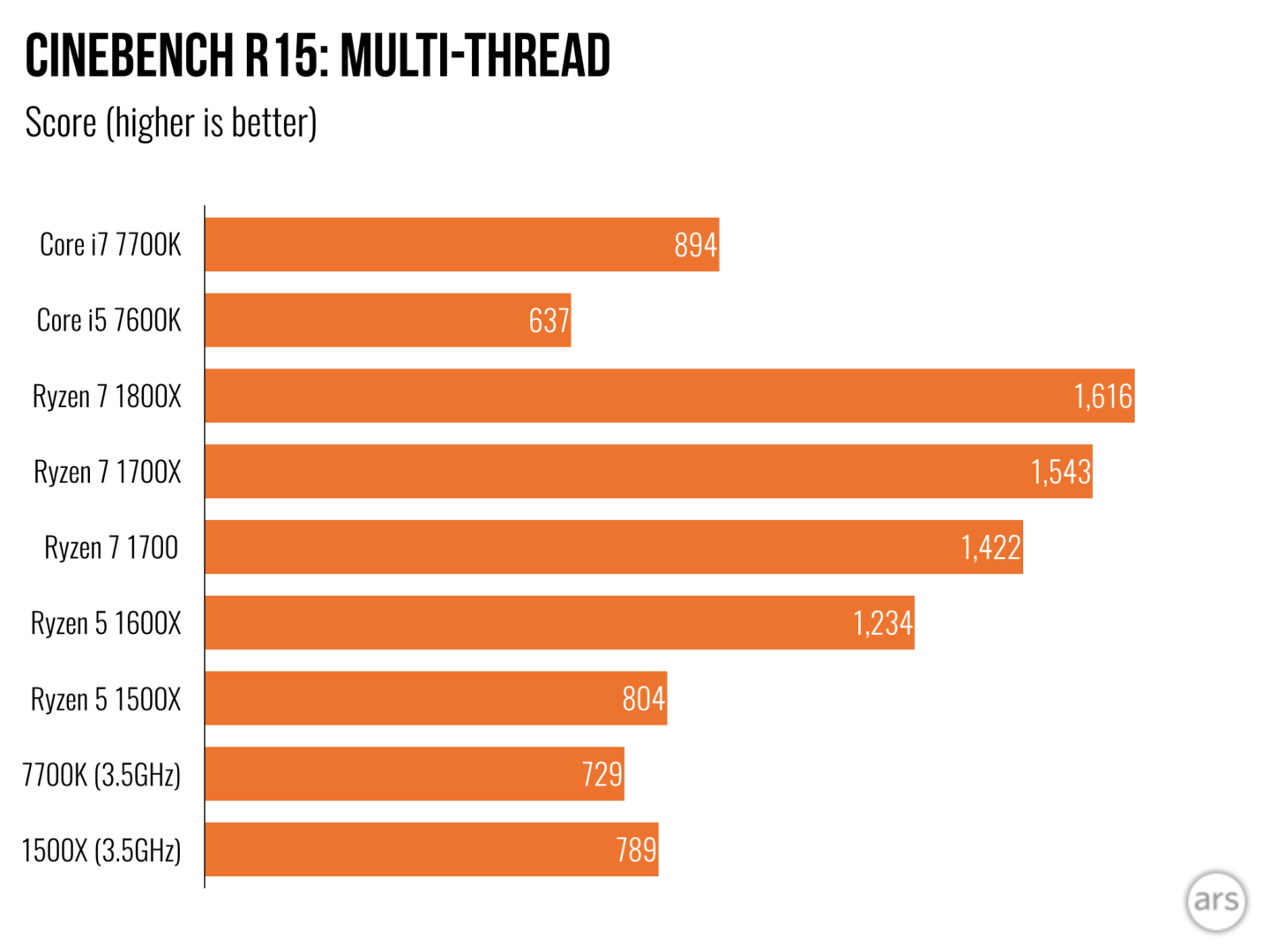aldaia :
juanrga :
Broadwell-E same IPC than Zen is not correct.
Of course is correct. Anyone assuming that measuring performance is an exact science has no clue about computer architecture and performance measurement. Between one figure and the other there is only a 3% difference in IPC for broadwell. I frequently measure performance of multiple IDENTICAL systems under IDENTICAL conditions including room temperature since i benchmark up to 10 systems simultaneously, guess what, the variations between them exceed 3%.
Here we are talking different systems, different processors (6900k vs 6950x) probably with different RAM configs and many other variables (including room temperature) that may influence results. Have you seen that between the top and the bottom Ryzen processor the single thread difference in IPC is 10%? What makes you think that Broadwell is different?
Also the figure you are quoting is from March 2. Do you know that Ryzen has received several microcode improvements that have improved performance in a significant way since then? If there is something wrong here is the outdated figure you posted. Please stop using outdated data to support your fanboyism.
That is plain wrong and insulting me will not change that.
My complain was about the gap between both processors. The problem is that the Broadwell chip has lower than expected performance, whereas RyZen has higher than expected performance in the guru3D. The error is not 3%...
Neither the problem has anything to do with magic updates in RyZen microcodes invalidating data from 1800X launch reviews. If we check the ST scores that guru3D got for threadripper and the Broadwell chip, the values were 166cb and 148cb. Zen Threadripper was 12% faster in the guru3D review.
If now we check the Arstechnica review the values were 163cb and 167cb. Zen Threadripper was 2% slower in the Arstechnica review. The gap difference between both reviews is a huge 14%, and it doesn't have anything to do with magic updates in RyZen microcodes because this is the Treadripper-Broadwell gap.
The tiny difference between 166 measured in one review of ThreadRipper and 163 measured in the other is attributed to statistical variance in measurements (including settings and room temperature). But the huge variation between the 148 measured in one review and 167 measured in the other is not attributed to random effects.
Not only the guru3D review disagrees with rest of reviews, but the guru3D reviews are internally inconsistent as well. According to guru3D the Broadwell chip does 146cb @3.5GHz. Ergo it would do about 167cb at 4GHz (single-core turbo). Arstechnica measured 167cb, but guru3D measured 148cb. The values of 148cb and 146cb given in same guru3d aren't compatible.
The guru3D review is crippling the performance of the Broadwell system, either inadvertently or in purpose. Remember that reviewers can do mistakes or be biased. That is one of the reasons why we check different reviews.
In fact if we take the recent Ars review and compare the scores for Broadwell and RyZen we can estimate the IPC gap between the 1800X and the 6950X. I obtain 7.7%, which I round to 8%.
The figure that I posted gives a IPC gap of 151/139 = 1.086, which I round to 9%.
Therefore what you call "outdated figure" is only a 1% ahead of a recentest review. This is expected because the microcode updates released for RyZen only improved latency (which doesn't apply to this benchmark) or compatibility with XMP profiles (which doesn't improve IPC).
Virtually any review of ThreadRipper has mentioned the noticeable IPC gap between microarchitecture of both companies and one flawed review from guru3D is not going to change this fact.









